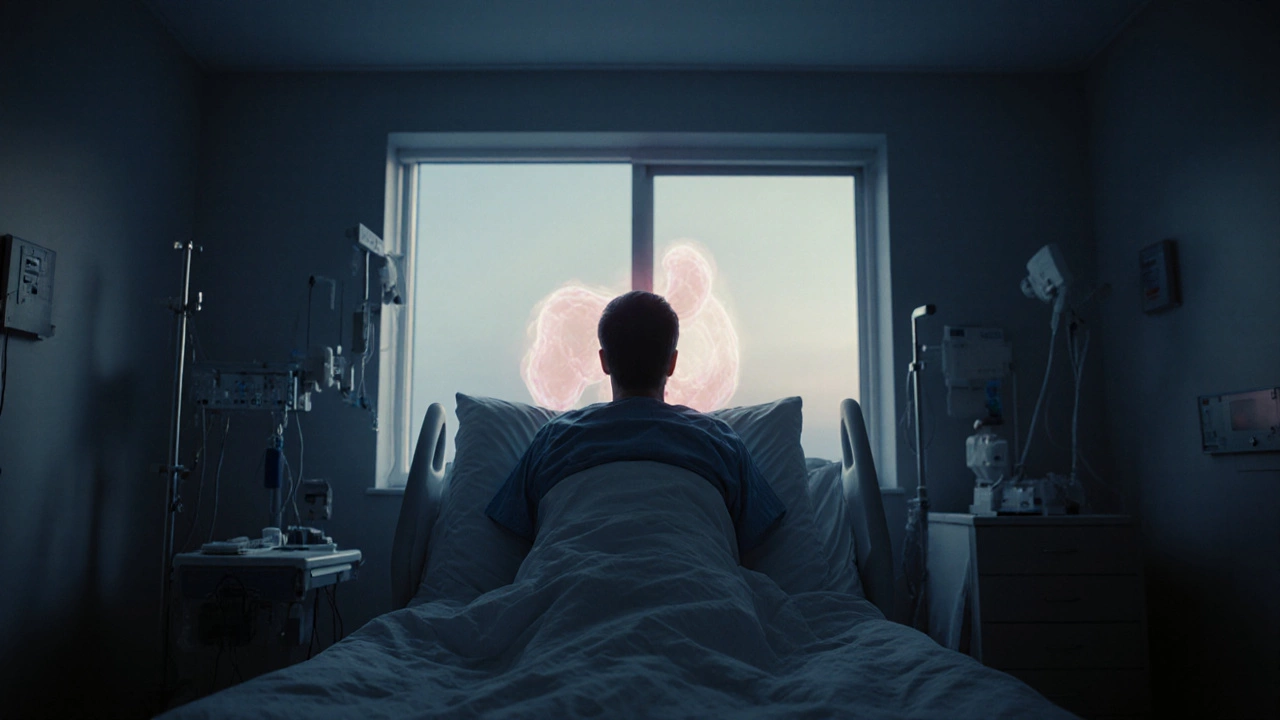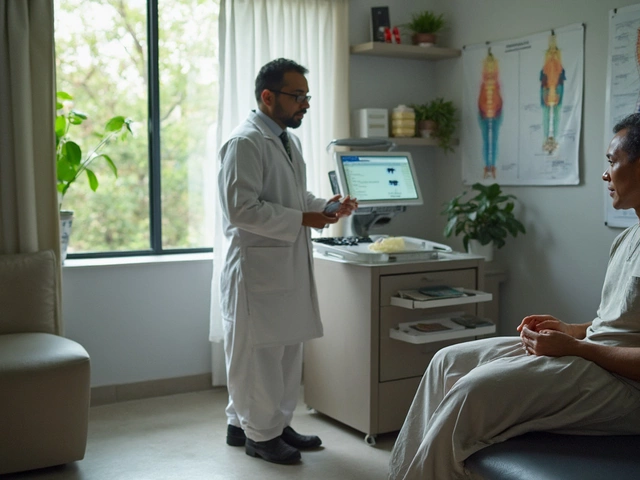Glioblastoma Explained – What It Is, How It Shows Up, and How It’s Treated
Glioblastoma is the most aggressive type of brain tumor. It grows fast, mixes with healthy brain cells, and can spread quickly. Because it’s so aggressive, spotting it early makes a big difference in how well treatments work.
Typical Symptoms to Watch For
People with glioblastoma often notice new headaches that don’t go away, especially in the morning. Vision blurs, speech gets slurred, or one side of the body feels weaker. Some report changes in memory or personality that seem out of character. If any of these appear suddenly or worsen, it’s worth getting a medical check‑up right away.
How Doctors Find the Tumor
The first step is usually an MRI scan, which shows the tumor’s size and exact location. A neurologist may also order a CT scan if MRI isn’t possible. To confirm it’s glioblastoma, surgeons take a small tissue sample during a biopsy. Pathology labs look for specific cell patterns that define this high‑grade tumor.
Once the diagnosis is clear, the treatment plan starts. Surgery is the go‑to first move if the tumor is in a spot that can be safely removed. The goal is to take out as much of the tumor as possible without harming critical brain areas.
After surgery, patients typically receive radiation therapy combined with a chemotherapy drug called temozolomide. This combo has become the standard because it slows tumor growth and can extend survival. Newer approaches like tumor‑treating fields (TTF) use low‑intensity electric fields to disrupt cancer cells and are often added to the regimen.
Clinical trials are constantly testing fresh ideas—immunotherapy, targeted drugs, and gene therapy—all aimed at beating the tumor’s fast‑growth tactics. If you’re eligible, joining a trial can give access to cutting‑edge treatments.
Living with glioblastoma also means handling side effects. Fatigue, nausea, and blood‑count drops are common with chemo and radiation. Simple steps—eating small, frequent meals, staying hydrated, and getting gentle exercise—help keep energy up. Talk to your care team about medications that can control nausea or protect blood counts.
Support doesn’t stop at medical care. Counseling, support groups, and occupational therapy can make daily life easier. Many families find it useful to keep a symptom journal, noting any new changes and how they feel after treatments. This record helps doctors adjust therapy quickly.
While glioblastoma remains a tough diagnosis, advances in imaging, surgery, and combined therapies are improving outcomes. Staying informed, asking questions, and connecting with a strong support network give patients the best shot at managing this aggressive brain cancer.

What cancer is hardest to survive? The deadliest types and why
Pancreatic cancer, glioblastoma, and lung cancer have the lowest survival rates due to late detection and resistance to treatment. Learn why these cancers are so deadly and what’s being done to change the odds.

Which Cancers Are Not Curable? Understanding Cancer Prognosis and Survival
Wondering if any cancer is truly incurable? This article breaks down which cancers are hardest to beat, why some resist treatment, and what hope really looks like.

What Organ Is Metformin Hard On? Know the Real Risks
Apr, 24 2025

Can Ashwagandha Cause Weight Gain?
Mar, 9 2025


